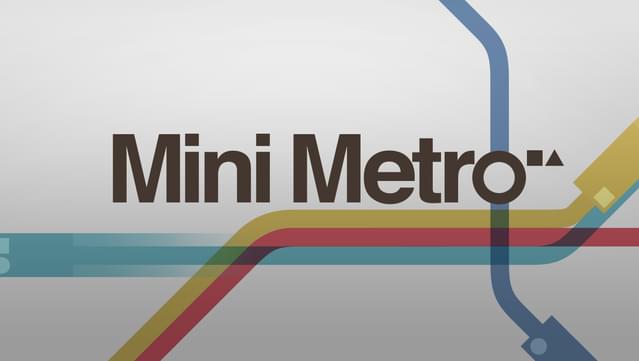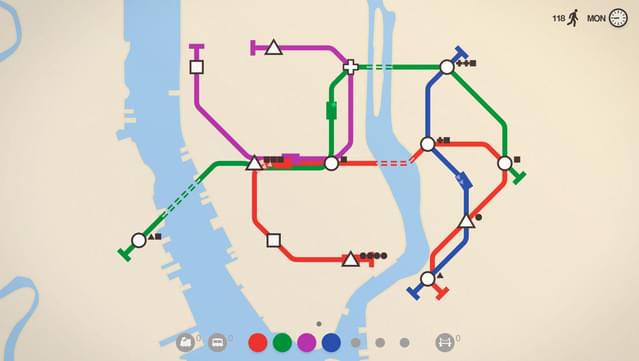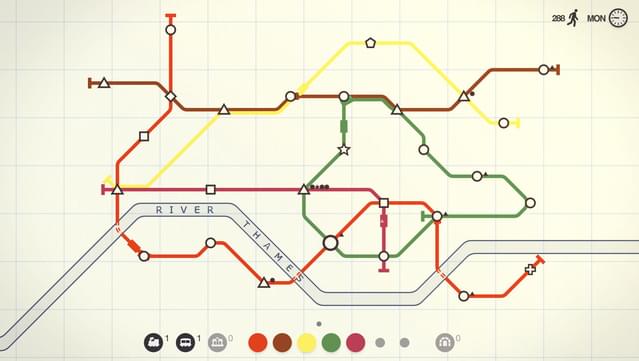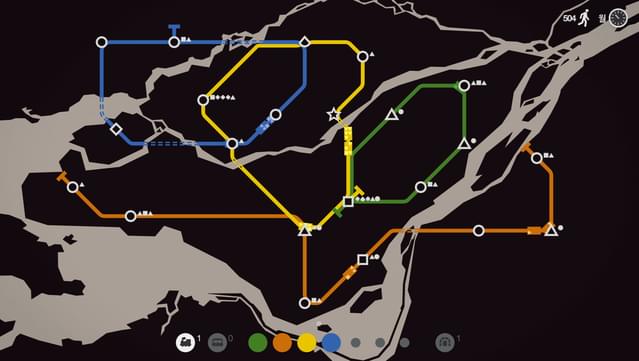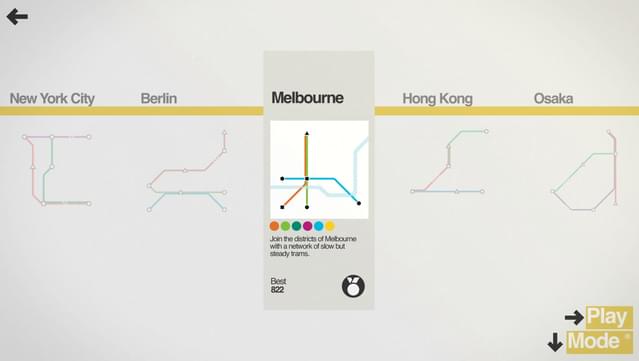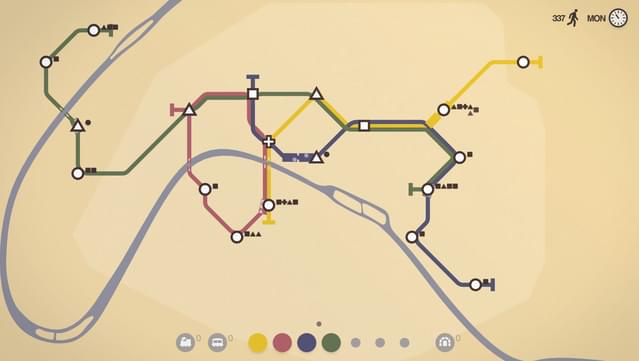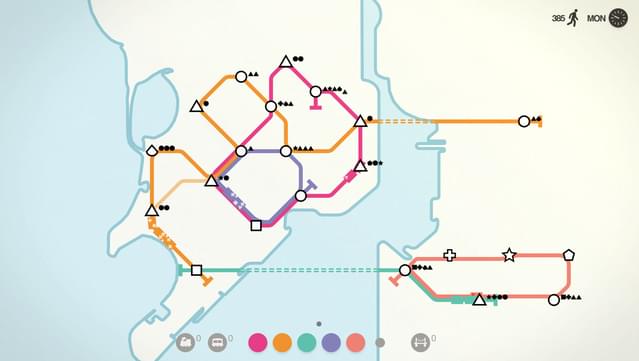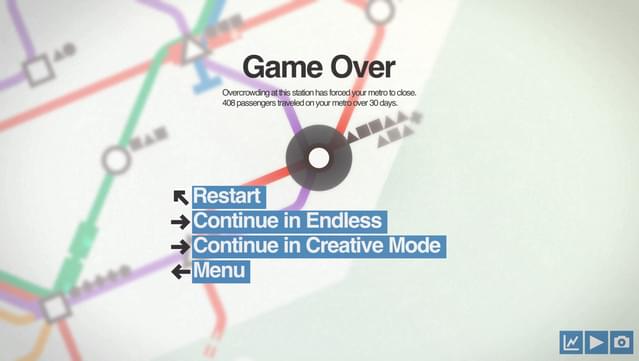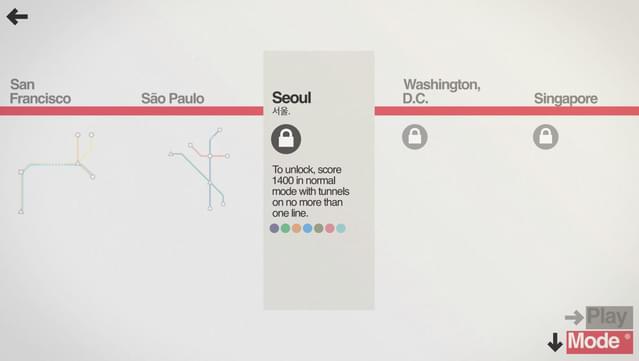Posted on: February 7, 2019

t0nda
Verified ownerGames: 142 Reviews: 24
Thoroughly good game with one weakness
First and foremost: Overall, Mini Metro is a seriously good game. It would even be a next-to-brilliant game were it not for what I take to be one single flaw in its mechanics. The graphics are minimalistic, control is highly intuitive, and above all the overall concept is fascinating. It is a small and abstract game, so its players will not expect an overwhelming sound or realistic depiction of tube lining. The aim is to build networks of underground lines to various cities. There are underground customers who need to go to one out of a set of certain stops (indicated by a symbol shared by both this set of underground riders and their destination). As time goes by, more and more symbols pop up on the screen, some rather rare, others quite common. Your job is to prevent people from overcrowded stations waiting for the train to carry them the shortest possible way to their destination. Changing lines is possible. As more and less frequent symbols appear, and as the number of passengers increases over time, this can be rather tricky. Restrictions in passenger number per carriage or by water crossing requirements make matters more complex and difficult. So far so good. The one weakness of this game lies in its requirement to do active remodelling or resetting trains. Constantly having one more disposable line at hand and connecting with it just two or three stations which need urgent serving will be the only way to win in some of the cities. Therefore, this game is not so much about building a functioning underground network as it is about relief-connecting temporarily critical points. It is not about design. It is about reaction. In some cities, you may get along well by just building one great line network and upgrading it at times, but in others you will never be able to beat the game by doing so. Apart from this single, but rather severe criticism of inherent game mechanics, the game is really good and ought to serve as an example for neat game design.
Is this helpful to you?

